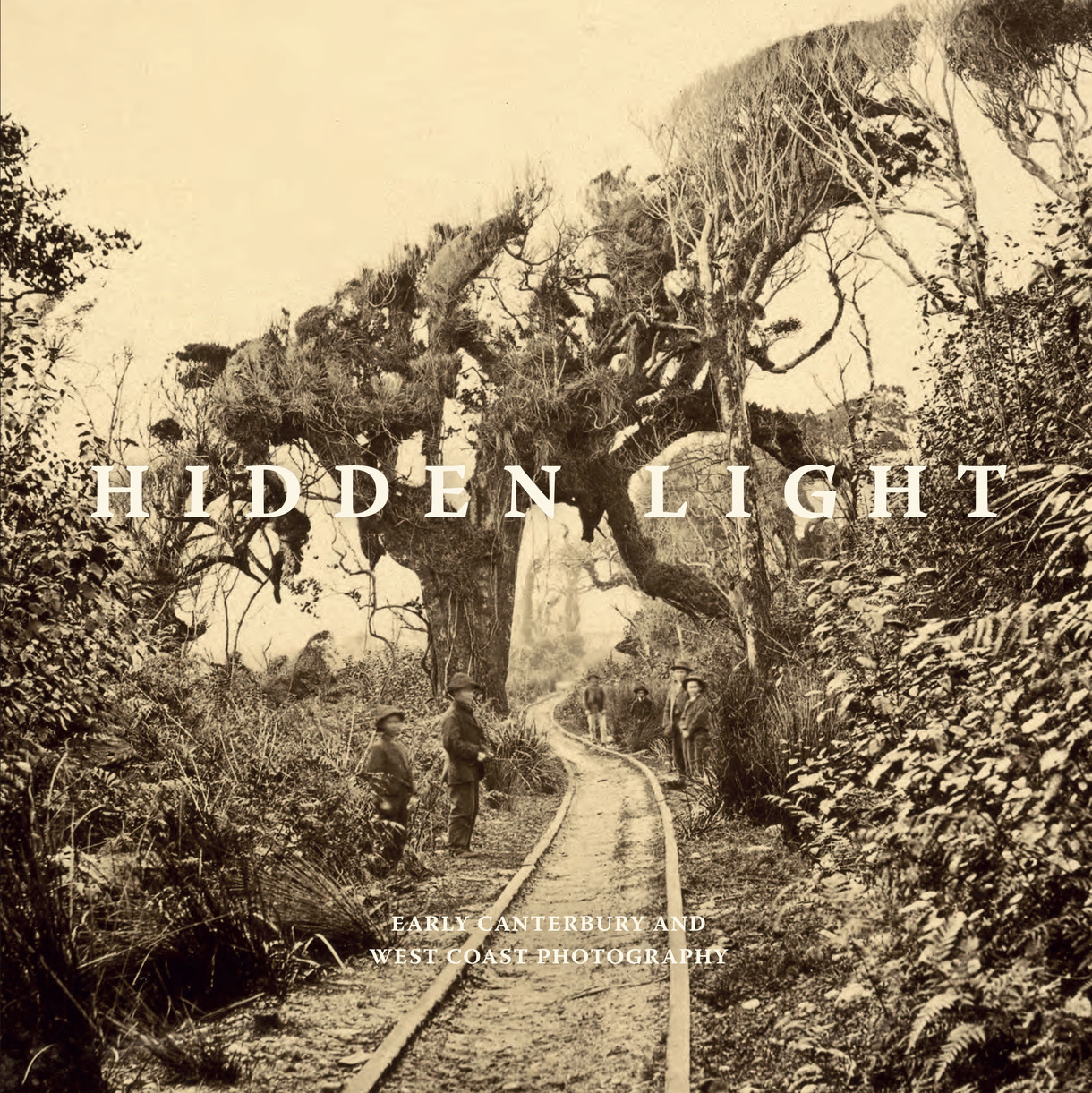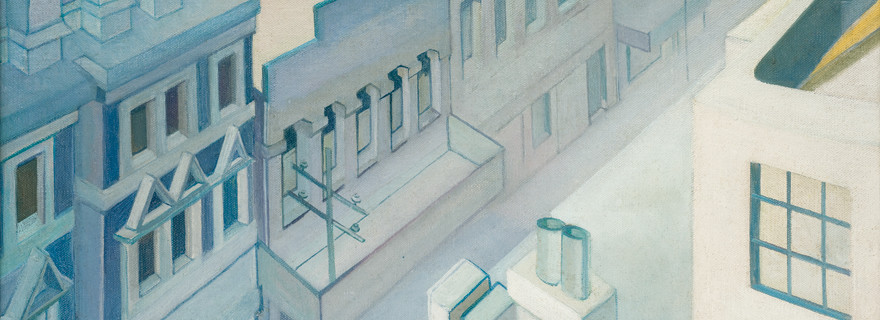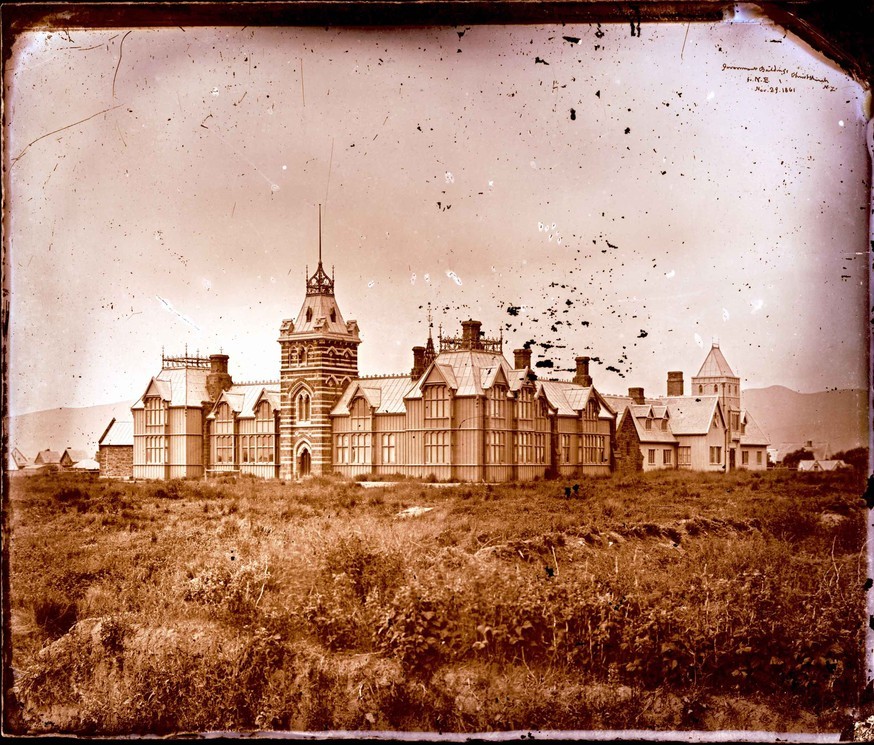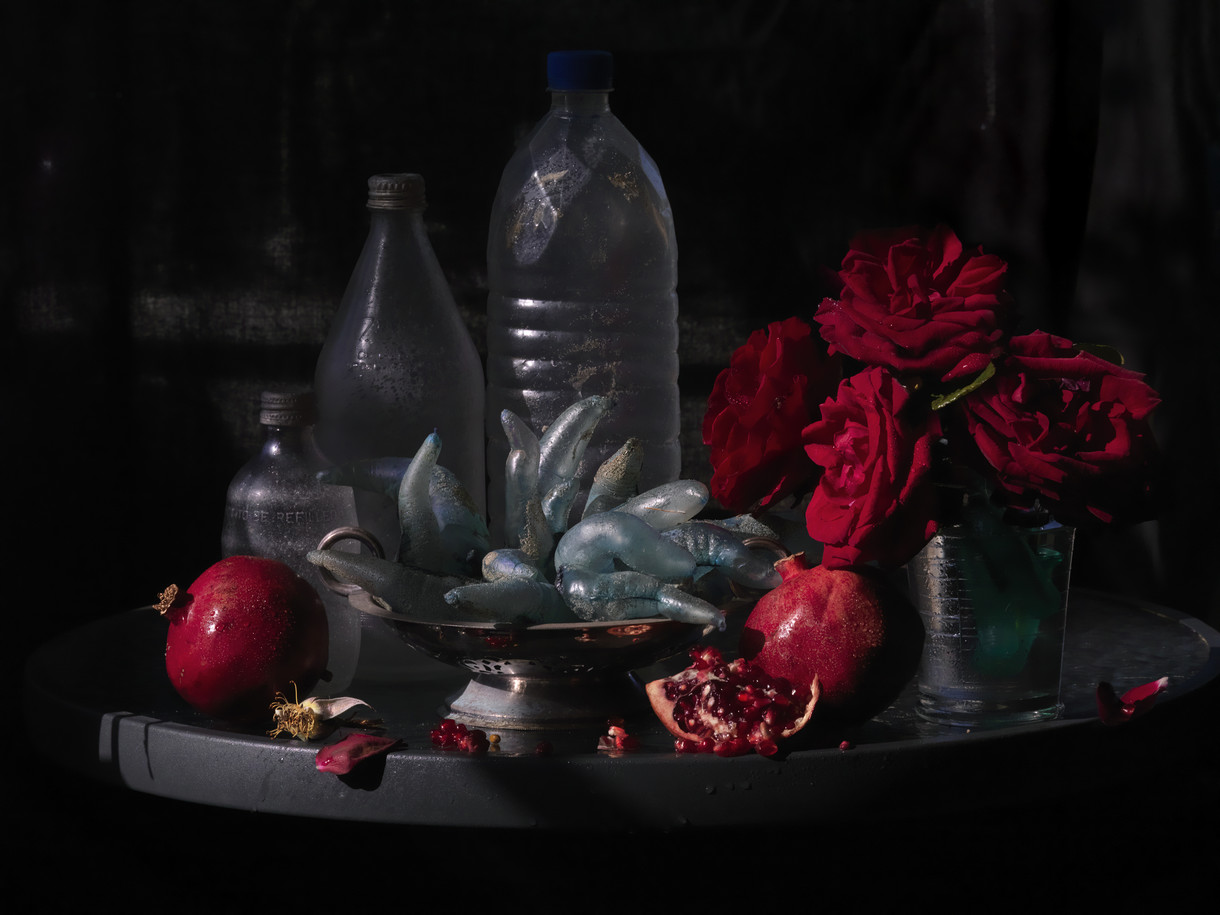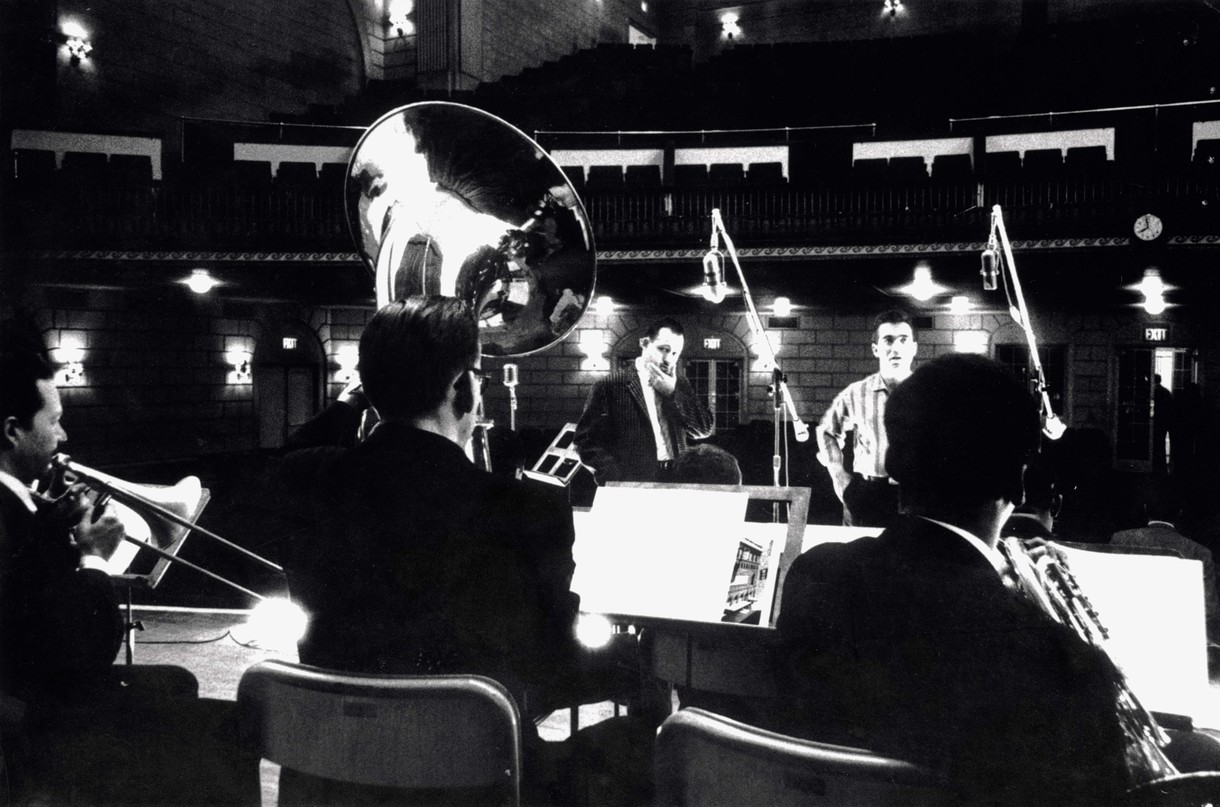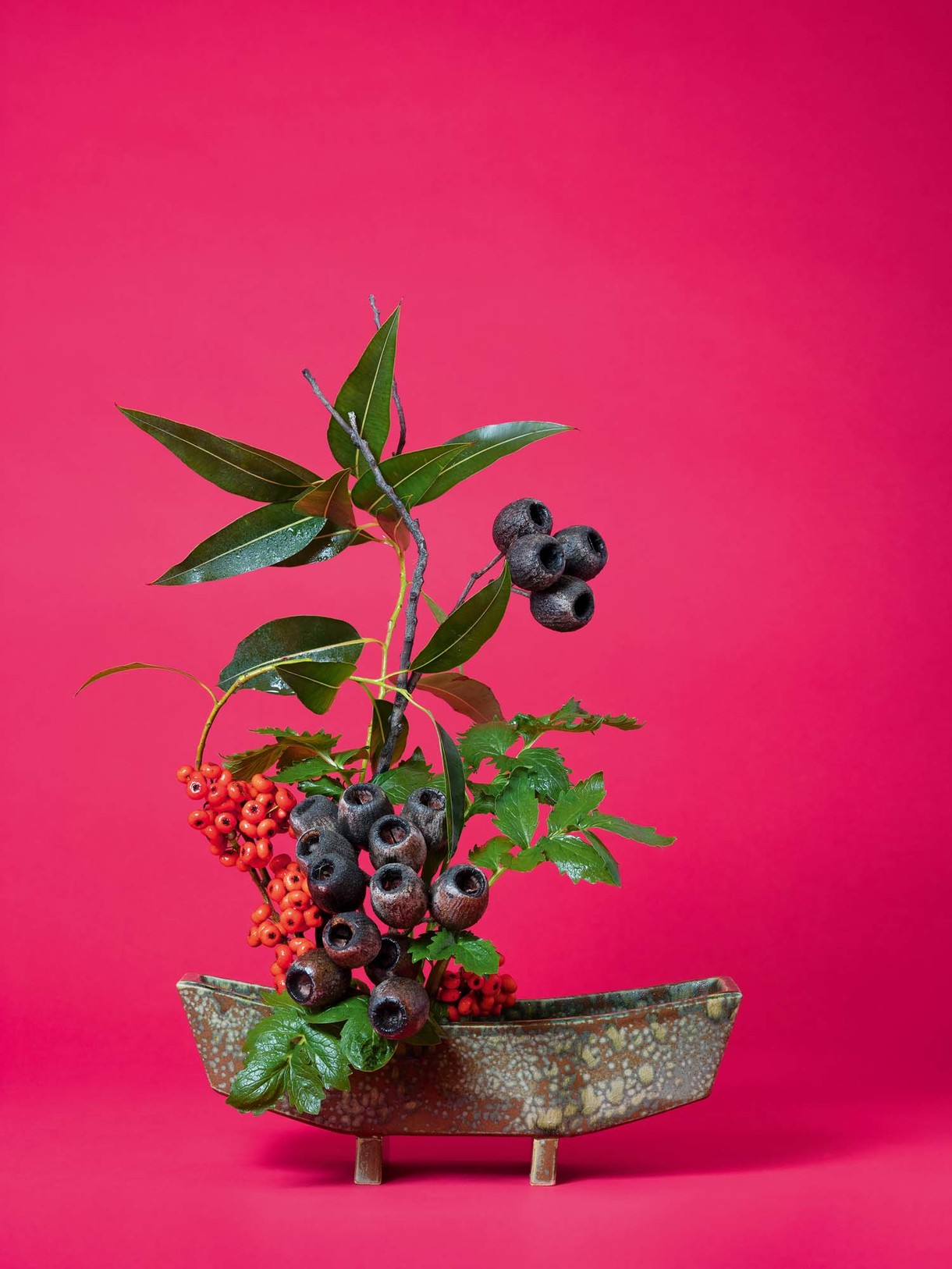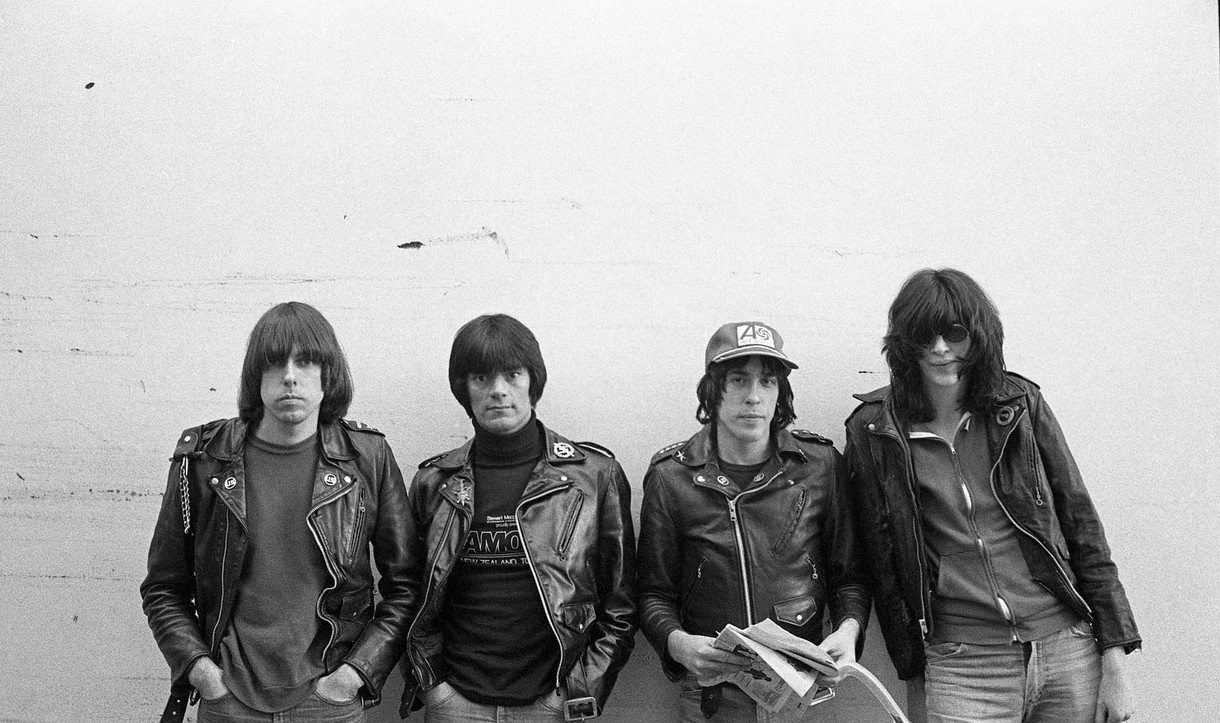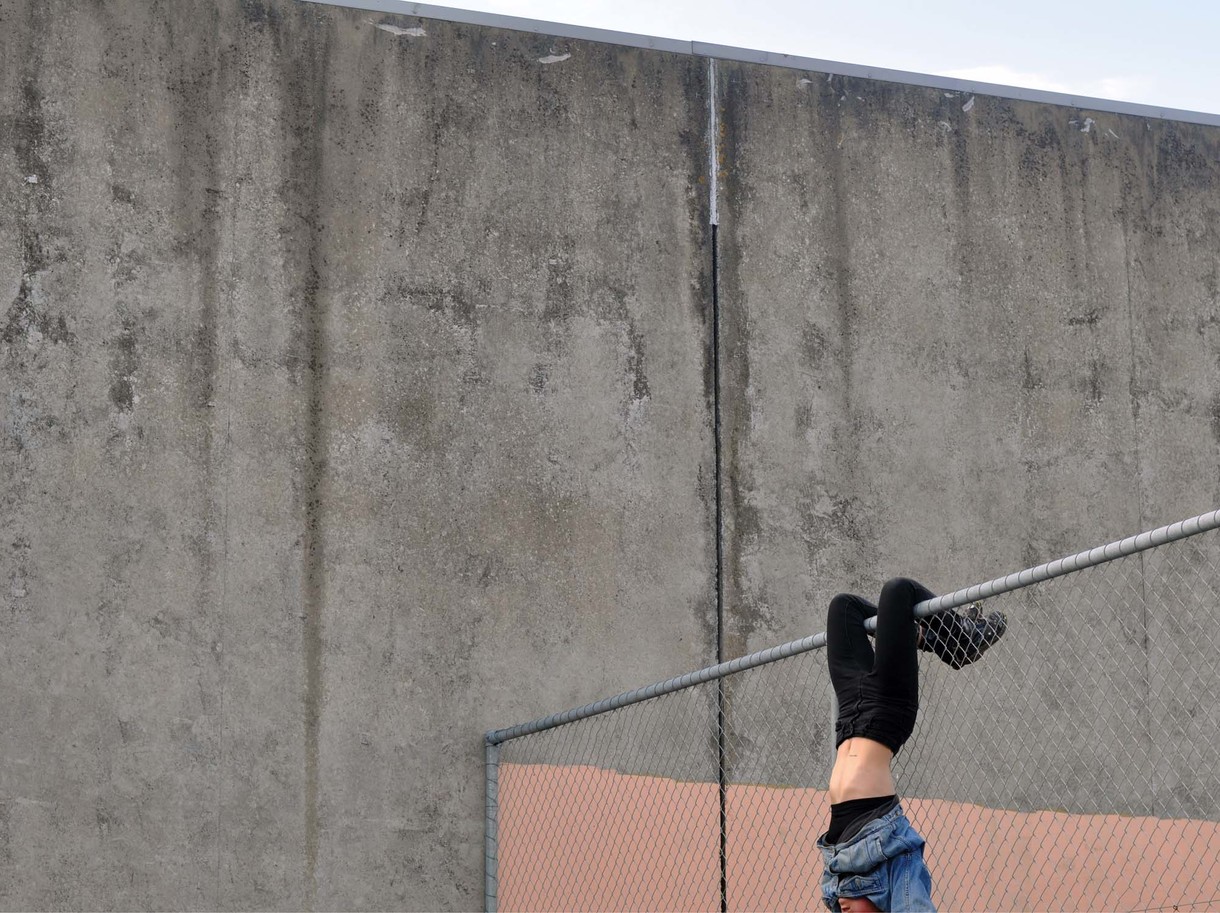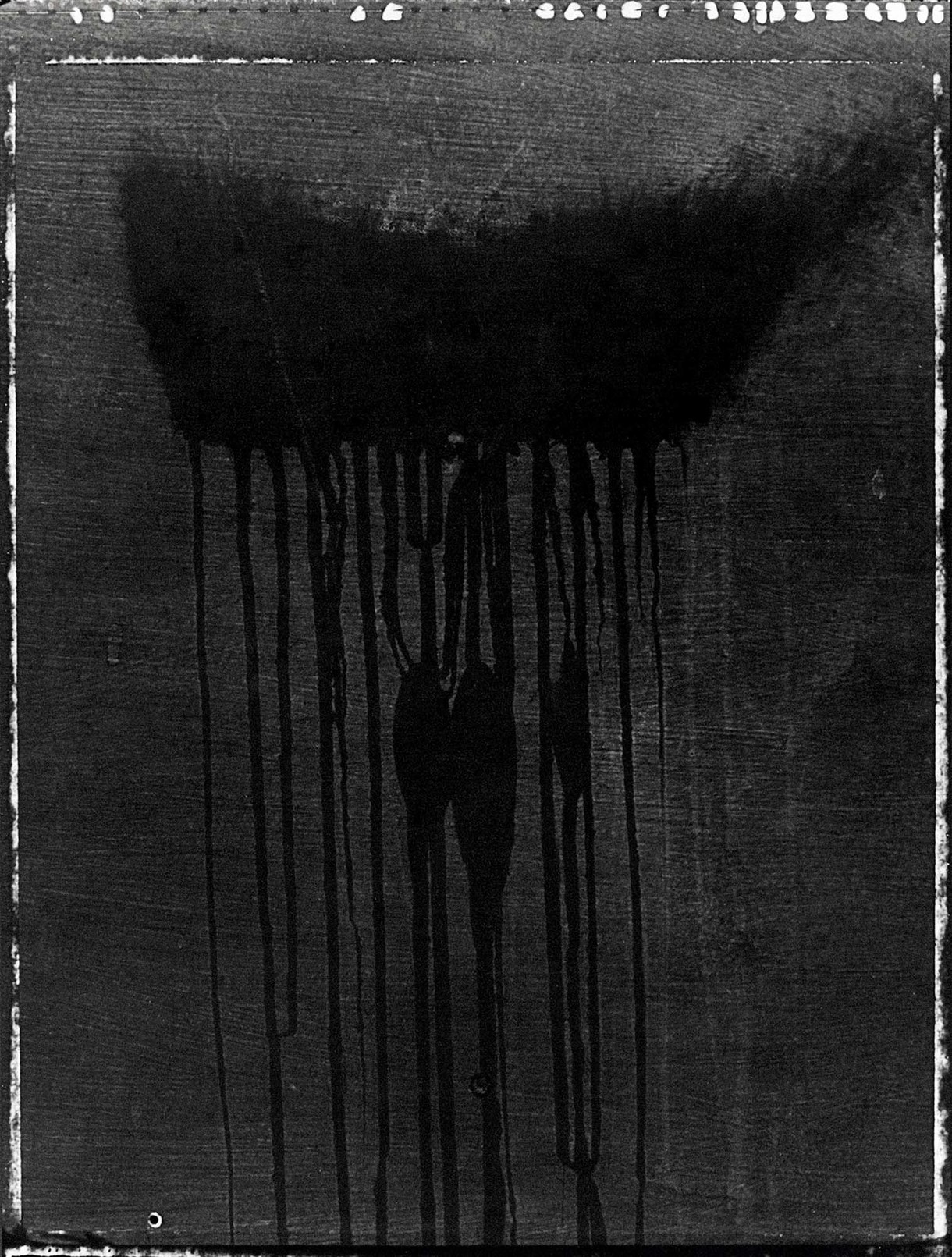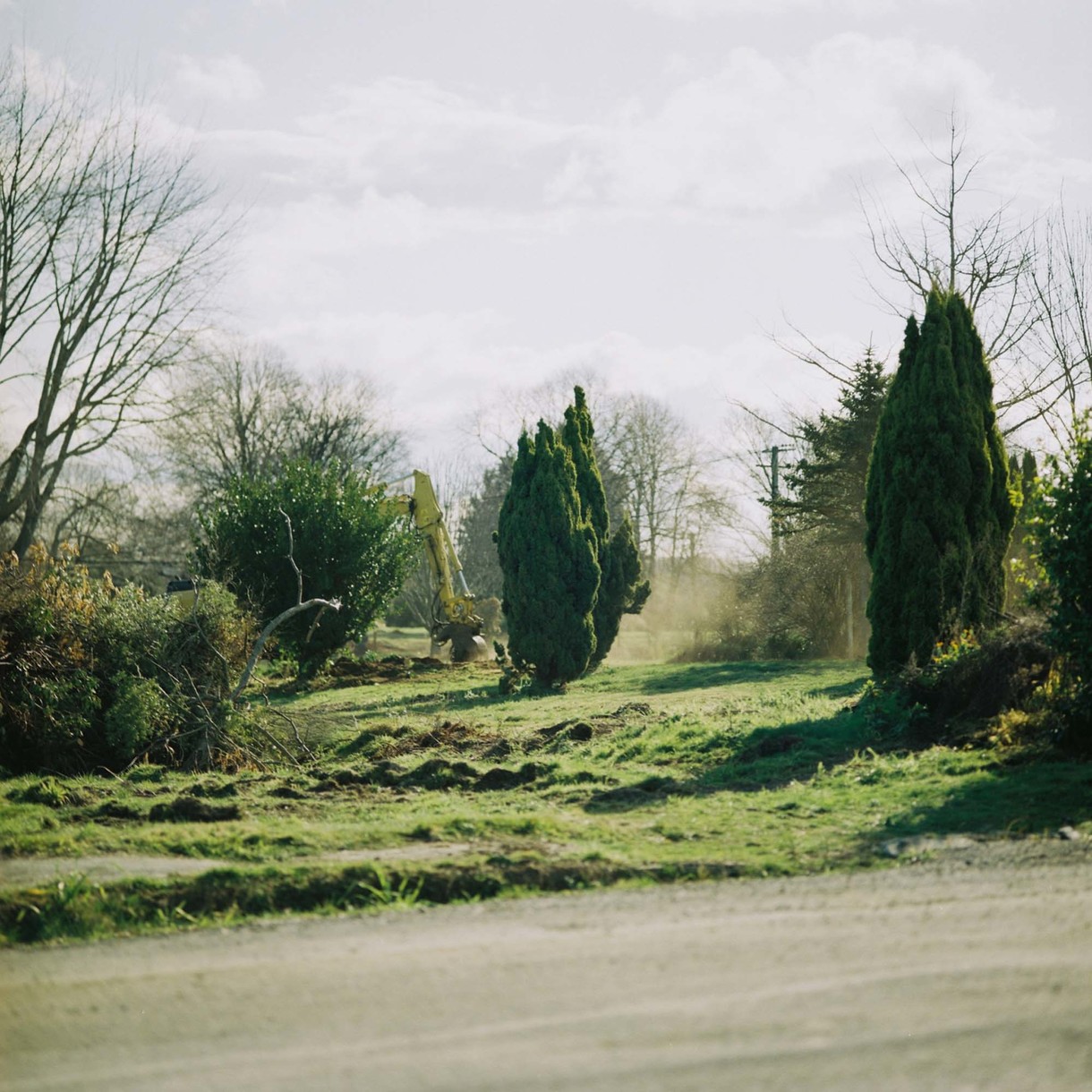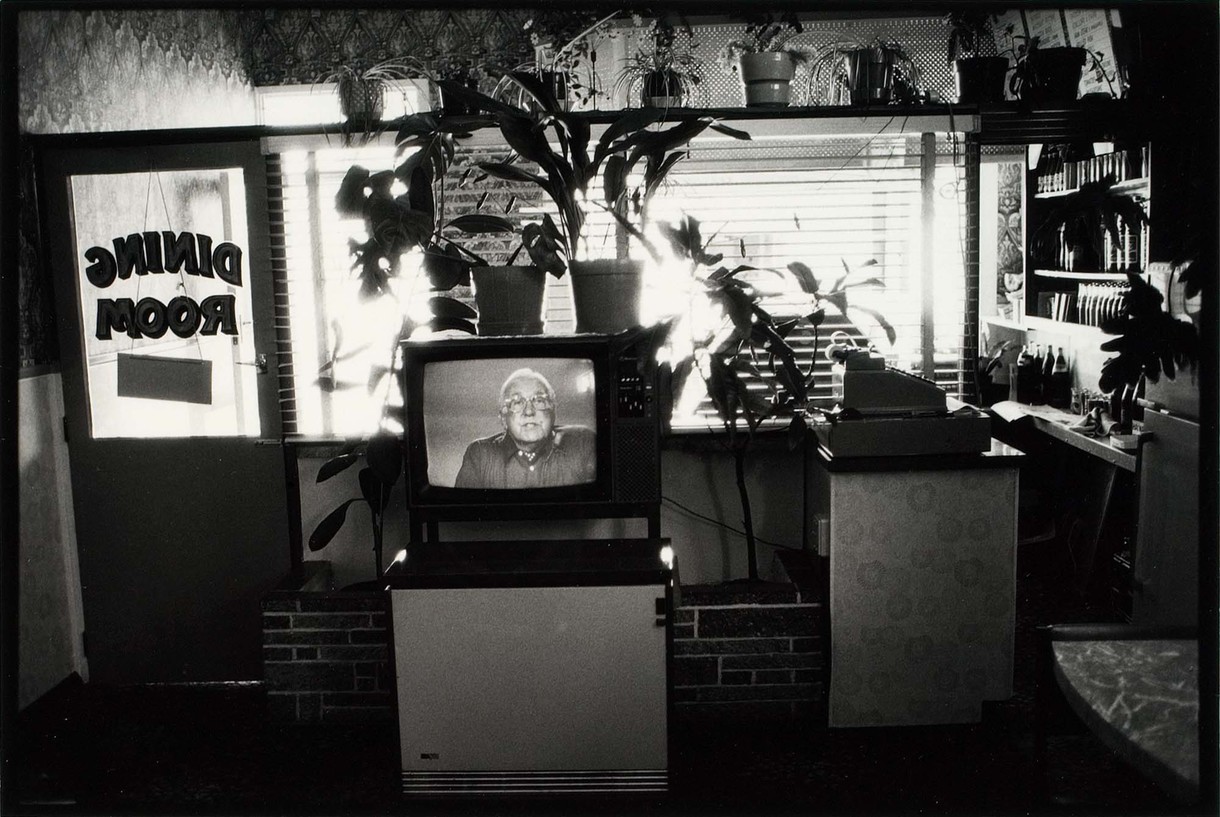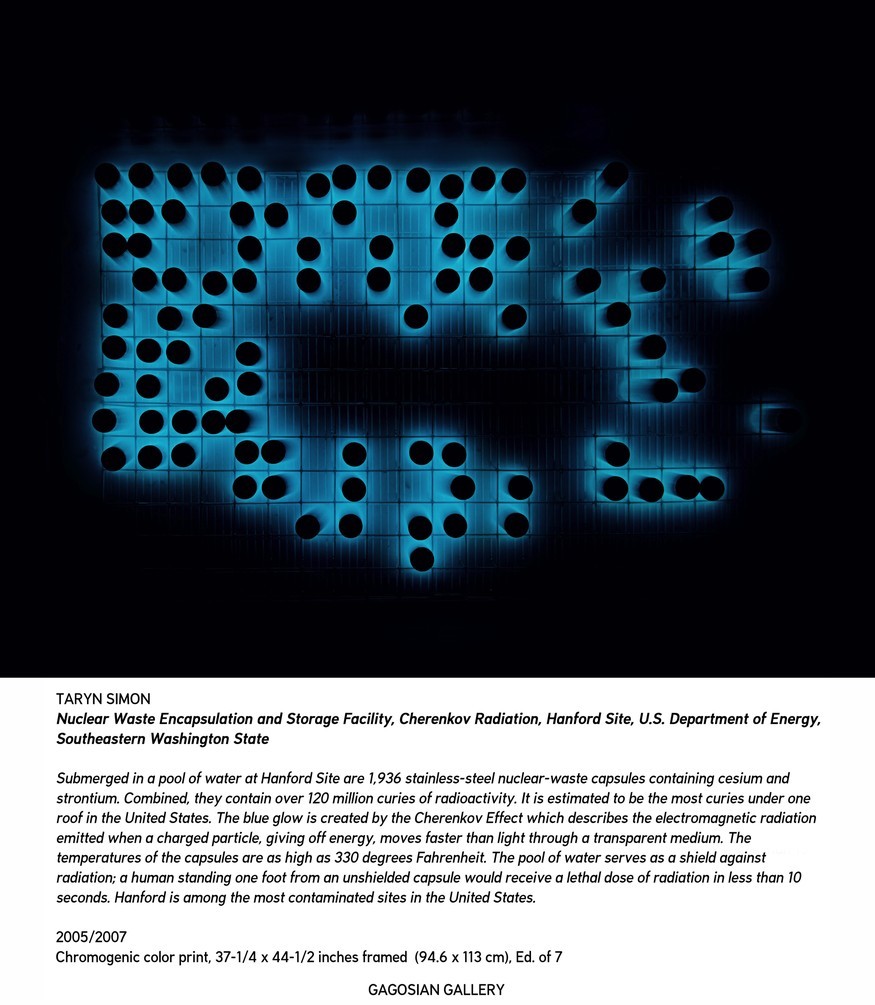This exhibition is now closed
Hidden Light: Early Canterbury and West Coast Photography
2 February –
25 August 2019
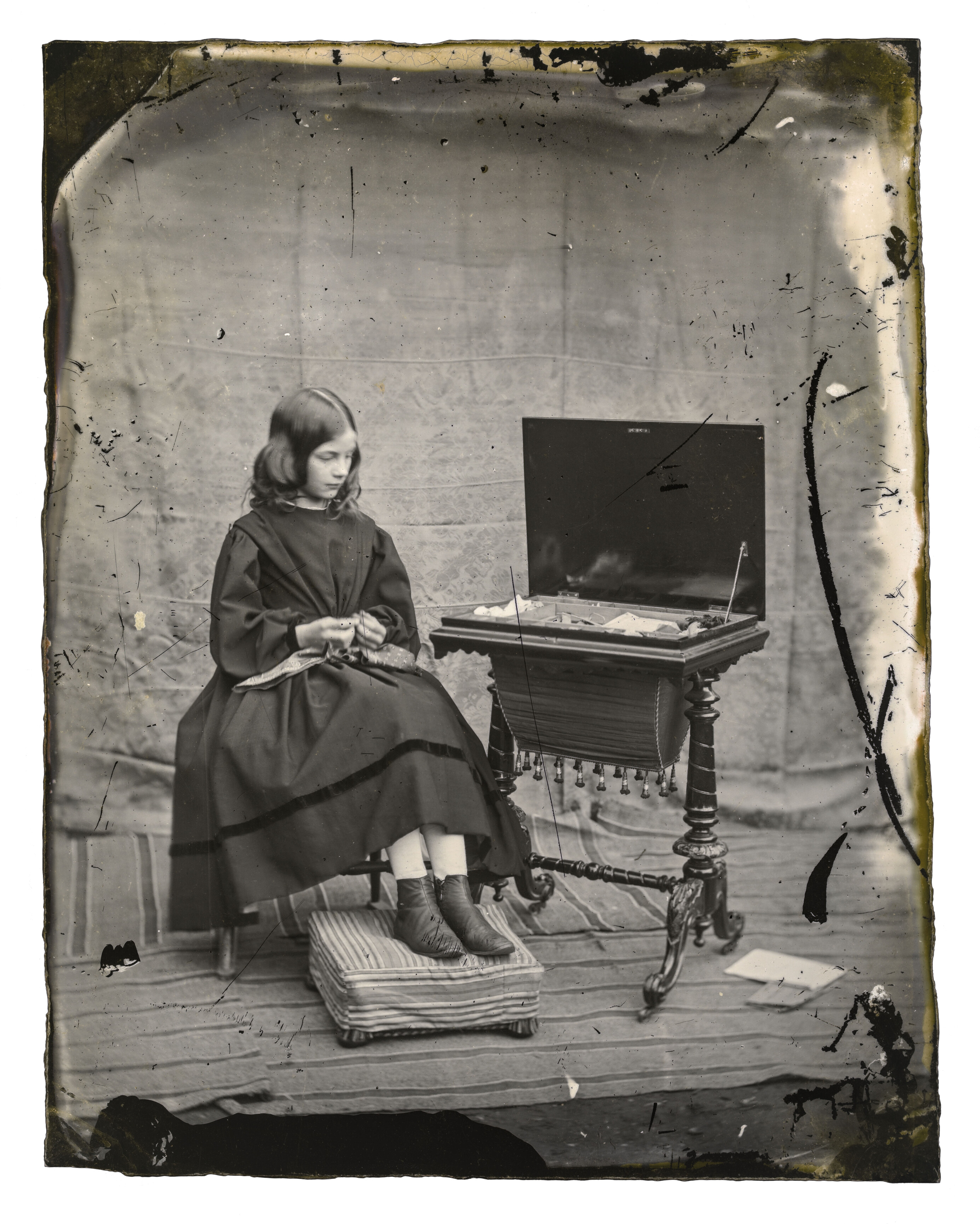
Alfred C. Barker Sarah Elizabeth (Lizzy) Barker c.1861. Glass plate collodion negative. Collection of Canterbury Museum (1944.78.255)
Uncovering the remarkable, largely unseen work of early New Zealand photographers.
Hidden Light is an exploration of an often overlooked aspect of our artistic past. This exhibition highlights the contribution of pioneering photographers at work in nineteenth-century Te Waipounamu. Spectacular landscapes by skilled amateurs and professionals join powerful images of tangata whenua, settlers and mining scenes. Unseen work by a small number of early women photographers is also included. This exhibition is accompanied by a superb new publication produced by the Gallery.
Curator:
Ken Hall
Exhibition number: 1060
